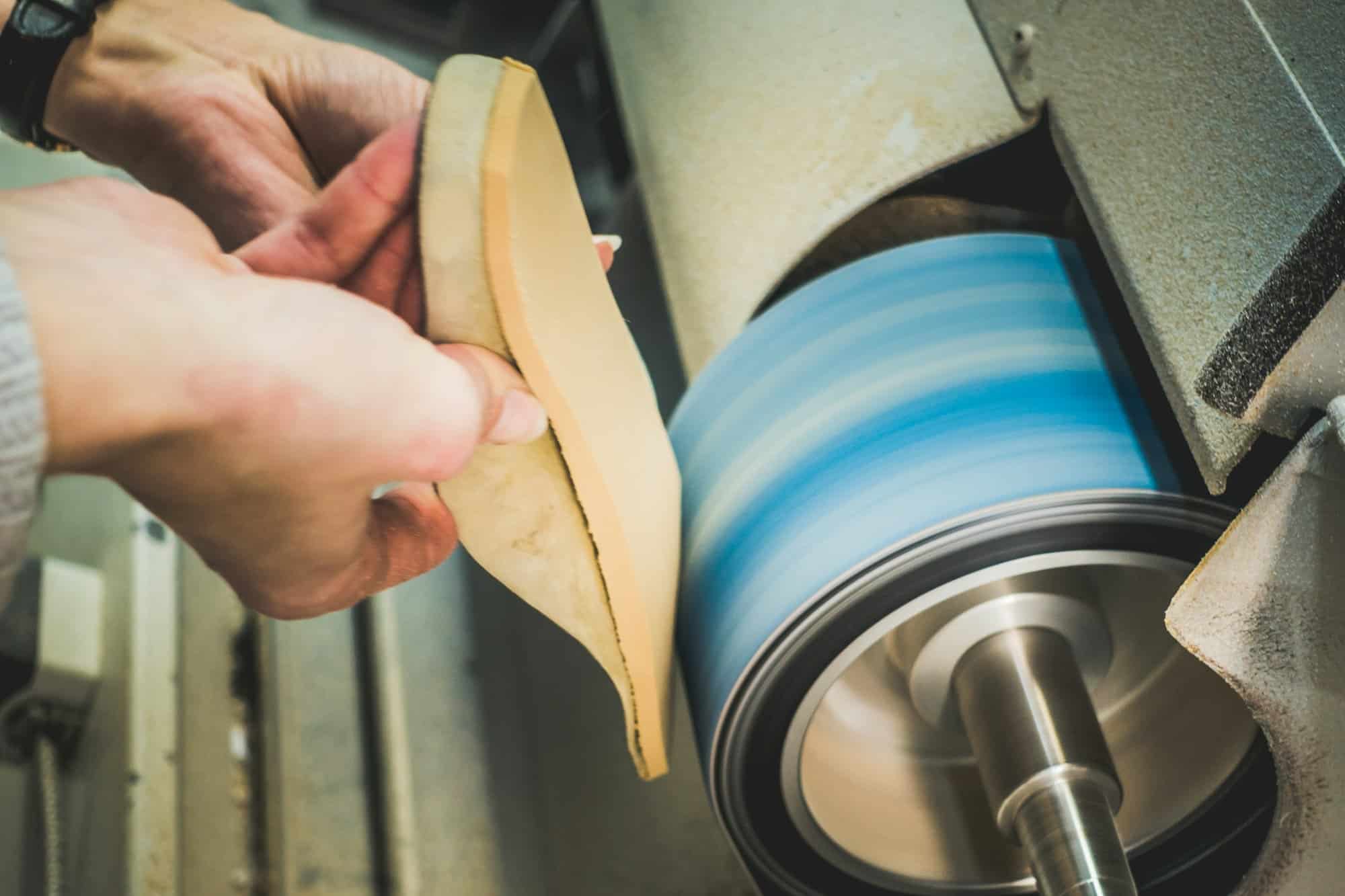Is There a Benefit to Customized 3D-Printed Orthotics Over Traditional Insoles for Foot Pain?

Foot pain is a widespread issue that impacts a significant portion of the population, often leading to discomfort and restrictions in daily activities. Traditional insoles and orthotics have long been the standard solution. However, advancement in technology has given rise to a new possibility: customized 3D-printed orthotics. Are these modern creations superior to their conventional counterparts in relieving foot pain? This article explores this question, with the help of credible sources such as Google Scholar, PubMed, and PMC.
What are Orthotics and How do They Work?
Orthotics are supportive devices placed inside the footwear to correct biomechanical foot issues, relieve discomfort, and support the overall foot structure. They come in various designs, depending on the patient’s specific needs.
Avez-vous vu cela : Does the Practice of Tai Chi Help in Reducing the Symptoms of Peripheral Neuropathy?
Custom orthotics are designed to match the contours of your feet precisely and to fit your shoes comfortably. They are often prescribed by a podiatrist after a comprehensive foot examination, which may involve observing the patient’s gait, checking for areas of excessive pressure, and, in some cases, taking x-rays.
Over-the-counter insoles, meanwhile, offer one-size-fits-all support that can alleviate minor discomfort but may not adequately address more severe or specific foot pain issues. They are less expensive and more readily available than custom orthotics, making them a popular choice for mild foot pain relief.
En parallèle : Does the Use of Aromatherapy Enhance Sleep Quality in People with Sleep Apnea?
The Rise of 3D-Printed Orthotics
With the advent of 3D printing technology, the healthcare industry has seen a revolution in the production of orthotic devices. The primary advantage of this technology is the ability to create truly customized devices, which can provide superior comfort and support compared to traditional insoles.
3D-printed orthotics are created using a digital model of the patient’s foot, which is obtained using 3D scanning technology. This allows for precise measurements of the foot’s contours, enabling the creation of an orthotic device that fits perfectly and provides optimal pressure distribution. This level of customization can be particularly beneficial for patients with specific foot conditions that are not well served by generic insoles.
But beyond the hype and the promise, does the evidence support the superiority of 3D-printed orthotics over traditional insoles for foot pain?
Comparative Studies on 3D-Printed Orthotics and Traditional Insoles
Several research studies have been conducted to investigate this question, and their findings are available on platforms like Google Scholar, PubMed, and PMC.
One study published in the Journal of Foot and Ankle Research conducted a trial comparing custom 3D-printed insoles with prefabricated insoles in patients with plantar heel pain. The results showed that the patients who used the 3D-printed insoles reported a significant reduction in pain compared to those who used the prefabricated insoles.
Another study, published in the Journal of Rehabilitation and Assistive Technologies, concluded that 3D-printed insoles provided better pressure distribution and improved comfort levels compared to traditional insoles.
Patient Experience with 3D-Printed Orthotics
While scholarly articles provide valuable insights into the effectiveness of 3D-printed orthotics, patient experience and satisfaction are equally important factors to consider.
Patients who have experienced the benefits of 3D-printed orthotics often highlight the comfort and fit of these devices. The customization enabled by 3D-printing technology allows for an orthotic that fits the unique contours of each patient’s foot, providing enhanced comfort and support.
Moreover, 3D-printed orthotics can be designed with specific patient needs in mind. For example, a patient with a diabetic foot may need an orthotic that reduces pressure on certain parts of the foot to prevent ulcers. This level of customization is achievable with 3D printing, which can create orthotic designs based on specific pressures and needs.
However, it’s important to note that while many patients report positive experiences with 3D-printed orthotics, they are not a miracle cure for all foot problems. They should be used as part of a comprehensive foot care plan that may include other treatments such as physical therapy, medication, or surgery.
Cost and Accessibility of 3D-Printed Orthotics
Despite the promising results of 3D-printed orthotics, there are still barriers to their widespread adoption. One of the main challenges is cost. 3D-printed orthotics are often more expensive than traditional insoles due to the cost of 3D printing equipment and materials, as well as the time and expertise required to design and manufacture the devices.
Additionally, accessibility to 3D-printed orthotics is currently limited. Not all healthcare providers offer these devices, and they may not be covered by all insurance plans. This means that for many patients, traditional insoles remain the most accessible and affordable option for foot pain relief.
Advancements in technology and reductions in the cost of 3D printing could, however, make 3D-printed orthotics more widely available in the future.
Evidence-Based Results on 3D-Printed Orthotics Usage
When it comes to making a choice between traditional insoles and 3D-printed orthotics, evidence-based results can guide us. Several scholarly research articles and studies available for free on platforms such as Google Scholar, PubMed, and PMC have compared the efficiency of these two methods.
For instance, a study published in the Journal of Foot and Ankle Research examined the impact of custom 3D-printed insoles and traditional ones on plantar pressure in flat foot patients. Participants were given both types of insoles for specific periods, and their feedback was recorded. The results indicated that 3D-printed orthotics were significantly more effective in reducing peak pressure and pain.
Another research paper, available on PMC for free, reported a study where a gait analysis was conducted on patients using both traditional and 3D-printed insoles. The results demonstrated an improved gait pattern and stability in patients using 3D-printed insoles, leading to decreased foot pain.
This growing body of research suggests that 3D-printed orthotics, designed to match the specific contours of an individual’s foot, can offer superior comfort and pain relief compared to traditional insoles.
The Future of Orthotics: Concluding Thoughts
Foot pain is a common predicament that affects many people worldwide, and finding effective solutions is vital. Traditional insoles have been the go-to solution for many years, but the rise of 3D-printing technology has brought about a new, highly promising alternative: customized 3D-printed orthotics.
In comparing traditional insoles with 3D-printed orthotics, research studies and patient experiences both point towards the benefits of the latter. From improved gait to reduced peak pressure, the merits of using 3D-printed orthotics are significant. Custom insoles created through 3D printing offer superior comfort, pressure distribution, and support, making them a worthwhile investment for those suffering from chronic foot conditions.
However, as this technology is still relatively new, cost and accessibility remain obstacles. While 3D-printed orthotics can be more expensive initially, the long-term benefits they offer could make them a cost-effective solution in the long run. With advancements in technology and more research validating their effectiveness, it is foreseeable that 3D-printed orthotics will become increasingly accessible, affordable, and prevalent in the future.
Nonetheless, it’s crucial to remember that while 3D-printed orthotics offer many benefits, they are not a panacea for all foot problems. They should be considered as part of a holistic approach to foot care that may also involve physical therapy, medication, or surgery as prescribed by a healthcare professional.
In conclusion, the future of foot orthoses looks promising with the advent of 3D printing technology. As we walk towards a future of personalized medicine, customized 3D-printed orthotics could soon become a new standard for foot pain relief.
